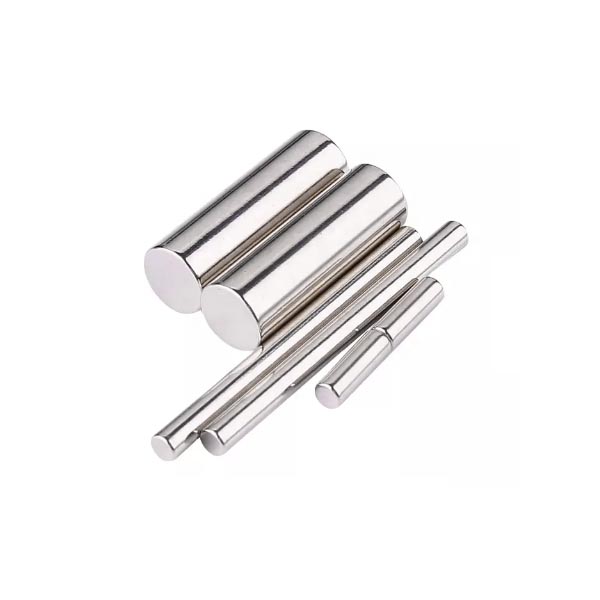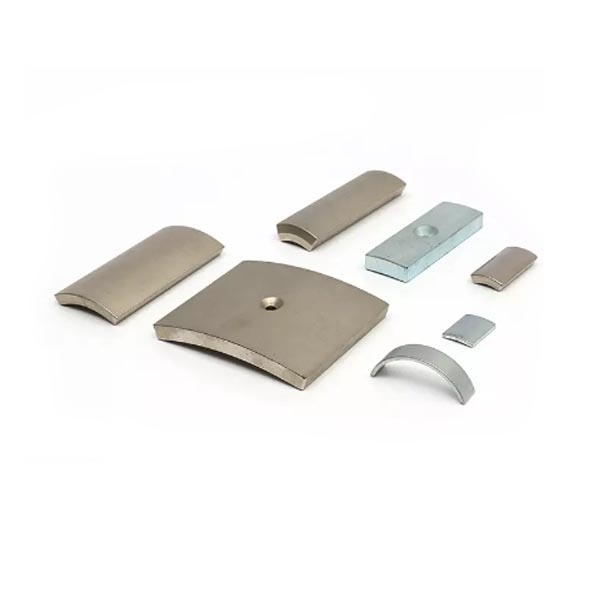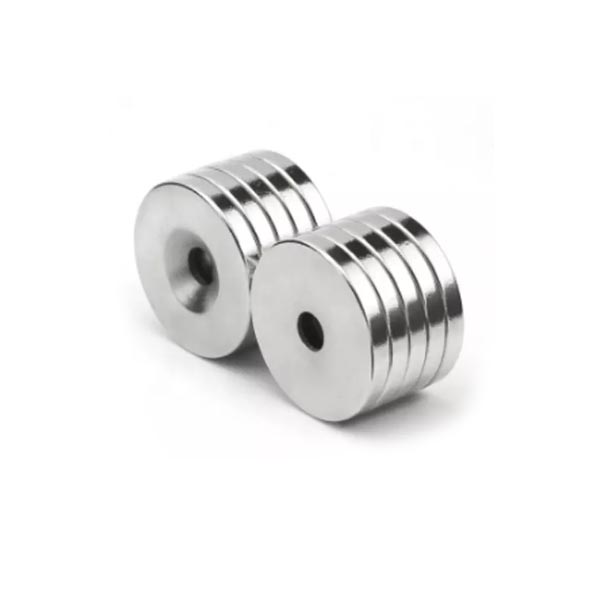U-shaped neodymium magnets offer superior magnetic force concentration, but they also face unique vulnerabilities due to their geometry and the inherent corrosion susceptibility of neodymium materials. While the alloy core generates magnetic force, the coating is its critical protective layer, which directly determines its performance, safety and service life. Overlooking the coating selection can lead to premature failure, reduced strength or dangerous fracture.
The Critical Role of Coatings
Neodymium magnets corrode rapidly when exposed to moisture, humidity, salt or chemicals, resulting in irreversible magnetic force decay and structural brittleness. The U-shaped shape exacerbates these risks: its sharp inner bend concentrates mechanical stress, its constrained geometry traps contaminants, and its complex curves challenge coating uniformity. Without strong protection, corrosion can start at the inner bend, eroding magnetic output and initiating cracks that can cause the magnet to break.
Coatings Do More Than Just Corrosion Protection
Effective coatings act as multiple protective barriers: they form a physical barrier against environmental threats, enhance resistance to scratching and chipping during handling, provide electrical insulation for motors/sensors, and maintain adhesion under thermal stress. Deep corner coverage is critical for U-shaped magnets—any gaps will accelerate performance degradation in high-stress areas.
Comparison of Common Coating Options
Nickel-Copper-Nickel (Ni-Cu-Ni) plating is less expensive and provides good overall protection and wear resistance, but there is a risk of micro-porosity and uneven coverage in the U-bend, so it is best suited for dry indoor applications.
Epoxy coatings excel in harsh environments—their thicker, more fluid coatings penetrate deep into the bend, providing excellent moisture/chemical resistance and electrical insulation, but they sacrifice some scratch resistance.
Parylene provides flawless, pinhole-free molecular encapsulation even in deep gaps, making it ideal for extreme conditions (medical, aerospace), but its mechanical protection is limited and its cost is high.
Zinc can be used as a sacrificial layer in mild environments where it is economical, but lacks long-term durability.
Gold ensures corrosion resistance and conductivity in specialty electronics, but needs to be used in conjunction with nickel for structural support.
Effect of Coating Selection on Performance
Coatings directly determine magnetic stability—corrosion permanently reduces Gauss strength and pull force. It controls structural integrity by preventing cracks in uncoated inner bends. It ensures safety by inhibiting stressed brittle fragments. From an electrical perspective, coatings prevent short circuits (epoxy/parylene) or enable current flow (nickel/gold). Crucially, mismatched coatings fail in harsh environments: standard nickel-plated U-shaped magnets corrode quickly in wet environments, while uninsulated magnets can interfere with nearby electronics.
Choosing the Best Coating: Key Considerations
Prioritize your operating environment: evaluate humidity, temperature fluctuations, chemical exposure, and indoor/outdoor use. Determine the required service life—harsh conditions call for epoxy or parylene coatings. Identify electrical needs: insulation calls for epoxy/parylene coatings; conductivity calls for nickel/gold coatings. Evaluate mechanical operation: nickel coatings are more resistant to wear than softer epoxy coatings. Always emphasize inner bend coverage—vendors must guarantee uniformity in this area through specialized processes. Balance costs and risks: Inadequately specified protection measures can lead to costly failures. For critical applications, mandate salt spray testing
Implement best practices
Explicitly state coating type and minimum thickness in specifications (e.g., “30μm epoxy”). Require manufacturers to provide written proof of inbend coverage. Work with experts experienced in U-shaped magnet geometries—their coating processes are calibrated for complex shapes. Test prototypes under real-world conditions before full production; expose them to temperature cycles, chemicals, or humidity to verify performance.
Conclusion: Coatings as Strategic Guardians
For U-shaped neodymium magnets, coatings are not surface treatments, but rather fundamental safeguards for reliability. Choosing epoxy coatings for wet environments, parylene coatings for surgical precision, or engineered plating coatings for conductivity can transform fragility into toughness. By matching coating performance to application needs and verifying protection at critical inbends, you can ensure peak magnetic performance for decades. Never compromise on coating protection: your magnet power depends on it.
Your Custom Neodymium Magnets Project
We can offer the OEM/ODM services of our products. The product can be customized according to your personalized requirements, including the size, Shape, performance, and coating. please offer your design documents or tell us your ideas and our R&D team will do the rest.
Post time: Jun-28-2025







